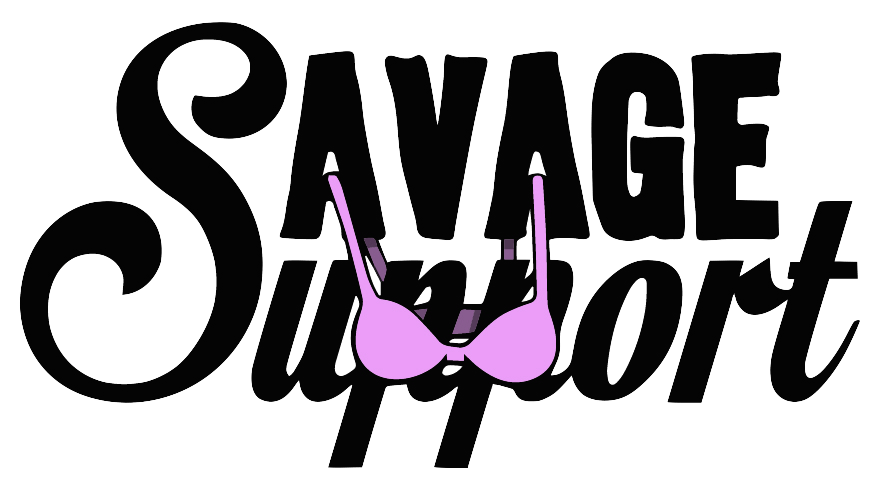According to Johns Hopkins Breast Center, 40% of diagnosed breast cancers are detected by women themselves. Knowing the signs and symptoms of breast cancer, being familiar with your breasts and how they look and feel along with performing regular breast self-exams and can help in early detection. Those whose breast cancer is detected at an early stage have more treatment options, bettering their chance for survival. Breast cancer that is detected at an early stage have a 93% or higher survival rate in the first five years, according to The Carol Milgard Breast Center.
The American Cancer Society states that the most common breast cancer symptom is a new lump or mass. They strongly urge any new symptom and or breast change be checked out by an experienced health care professional. Other possible symptoms of breast cancer they report include:
- Swelling of all or part of the breast (even if no lump)
- Skin dimpling (sometimes looking like an orange peel)
- Breast or nipple pain
- Nipple retraction (turning inward)
- Breast skin or nipple that is red, dry, flaking or thickened
- Nipple discharge (other than breast milk)
- Swollen lymph nodes (sometimes a breast cancer can spread to lymph nodes under the arm or around the collar bone and cause a lump or swelling there, even before the original rumor in the breast is large enough to be felt)
Performing a self breast exam is easy and only takes a few minutes. You should check both breasts once per month.
Of course, the most important screening for breast cancer is the mammogram as many breast cancer symptoms can be silent. Mammograms can catch cancer long before it can be felt. It is important to know the signs and symptoms, but it is also very important to follow your doctors’ recommendations for mammography and breast cancer screening.
